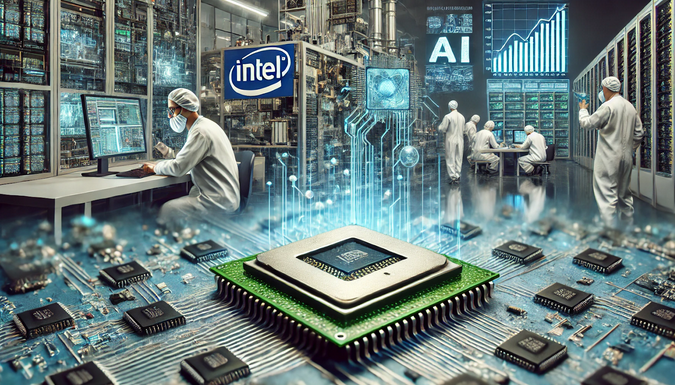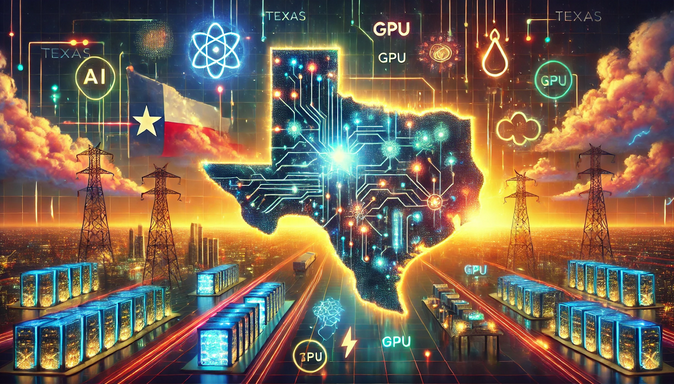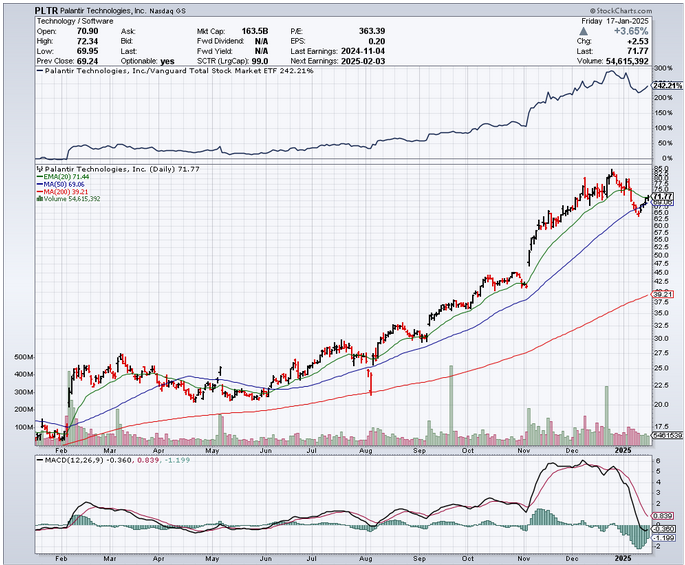(SONY), (MSFT), (NVDA), (GOOGL), (AMZN), (TSM), (IBM), (AMD), (BIDU), (TM), (NTDOY), (INTC), (LLNXF)
During my years covering the Japanese financial markets in the 1970s, I witnessed firsthand how technological breakthroughs could reshape entire economies.
Back then, it was the revolution in consumer electronics that turned companies like Sony (SONY) from small radio makers into global powerhouses.
Today, we're seeing something far more dramatic with artificial intelligence.
OpenAI is reportedly closing in on a $40 billion funding round led by SoftBank (SFTBY) at a mind-bending $300 billion valuation.
Having interviewed countless Asian tech pioneers over the decades, I've developed a nose for spotting the difference between genuine innovation and market hype. This one has elements of both.
To understand the scale, let’s put the numbers in perspective. Since October 2024, OpenAI has been adding about $1.1 billion in value every single day.
When I was covering the early days of Japan's tech boom, we thought NEC's $100 million monthly valuation growth was astronomical. OpenAI is doing that before lunch.
The company projects $3.7 billion in revenue for 2024, climbing to $11.6 billion by the end of 2025—a 213% growth rate that would make even the most aggressive Japanese keiretsu blush.
At a 25.8x forward revenue multiple, they're pricing this thing like it’s the next Toyota (TM), Sony, and Nintendo (NTDOY) combined.
Speaking of Japan, SoftBank’s involvement is worth noting. As the lead investor in this round, SoftBank is betting big yet again.
Masayoshi Son has built his empire on moonshot investments, but his track record is mixed. I remember when he was just starting out in software distribution—his ambition hasn’t wavered, though the scale of his bets has certainly grown.
A substantial portion of this funding will go toward Project Stargate, OpenAI’s massive initiative to build AI-optimized data centers across the US.
Controlling your own hardware destiny is critical, as I saw during Japan’s infrastructure boom in the ’70s, but it’s also fraught with risk. Stargate could give OpenAI a crucial edge, but it will burn through cash at an unprecedented rate.
The competitive landscape feels eerily familiar. An open-source competitor called DeepSeek has launched its r1 model, reportedly matching OpenAI’s capabilities at a fraction of the cost.
Watching this unfold is like reliving the rise of Linux (LLNXF) during the early PC wars. The key question is whether OpenAI can sustain its edge as the technology becomes more commoditized.
For those looking to play the AI boom through public markets, there are clear winners emerging alongside OpenAI.
Microsoft (MSFT), trading at roughly $412.22, remains OpenAI’s sugar daddy. It has poured over $13 billion into the company, securing first dibs on technology while monetizing infrastructure through Azure. It’s a dream setup, and I’ve been long on MSFT since the partnership was announced. I see no reason to change that position.
NVIDIA (NVDA), sitting at $133.57, has become the Intel (INTC) of the AI age. They’re selling the picks and shovels for this gold rush, and demand for their chips is so fierce that companies are reportedly paying premiums to secure supply. NVIDIA has been one of my favorite long-term holdings for years, and it keeps proving its worth.
Alphabet (GOOGL), trading at $186.47, is playing catch-up in the AI race. While they have the talent and the data to compete, their cloud business still lags behind Microsoft. Watching their quarterly cloud revenue growth will be key to assessing their progress.
Amazon (AMZN) at $233.14 is the sleeping giant. They’ve been quietly building AI infrastructure and leveraging their retail operation as a testing ground for AI applications. This dual strategy could make them the dark horse in this race.
Then there’s Taiwan Semiconductor (TSM) at $207.95. Having covered Asian tech markets for decades, I know TSMC’s manufacturing prowess is nearly impossible to replicate. They’re supplying the chips that power this revolution, making them one of the industry's kingmakers.
IBM (IBM) might seem old school at $249.27, but they’ve got deep enterprise relationships and a solid AI strategy. Sometimes the tortoise does beat the hare, especially when enterprise clients value reliability over hype.
AMD (AMD), trading at $110.48, is NVIDIA’s closest competitor in AI chips. My sources at AMD are bullish on their next-generation processors, and while they’ve yet to dethrone NVIDIA, they remain a strong contender.
Finally, there’s Baidu (BIDU) at $93.85, China’s AI leader. With geopolitical tensions mounting, however, I’m hesitant to bet heavily on Chinese tech right now. I’d rather stick with US and Taiwan-based players for more stability.
OpenAI’s $300 billion valuation might seem insane, but as I often say, the market can stay irrational longer than you can stay solvent. I’ve seen bubbles in Japanese real estate during the ’80s and the dot-com boom in the ’90s. The key is finding the companies that will survive when the music stops.
We can all agree that the AI revolution is real, but at these valuations, selectivity is crucial.
So, I’m holding my positions in Microsoft and NVIDIA while keeping some dry powder for better entry points in speculative names. When the market gives you a chance to buy these leaders at a discount, you need to be ready.
As for OpenAI’s valuation? Let’s just say I’ve seen this movie before in different languages. The technology is revolutionary, but the market’s enthusiasm feels like it’s running a few quarters ahead of reality.
And if history has taught me anything, it’s that selling shovels—like NVIDIA—tends to be a safer bet than digging for gold. Jensen Huang figured that out a long time ago.
I’ll be watching closely, hoping this doesn’t end like some of the high-flying Japanese tech stocks of the late ’80s. Those stories didn’t end well. But maybe, just maybe, this time it’s different.
Might be.







